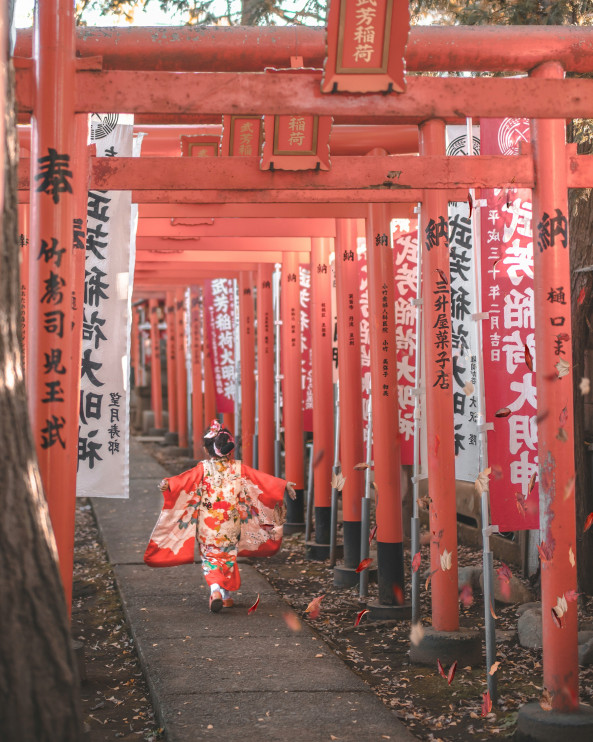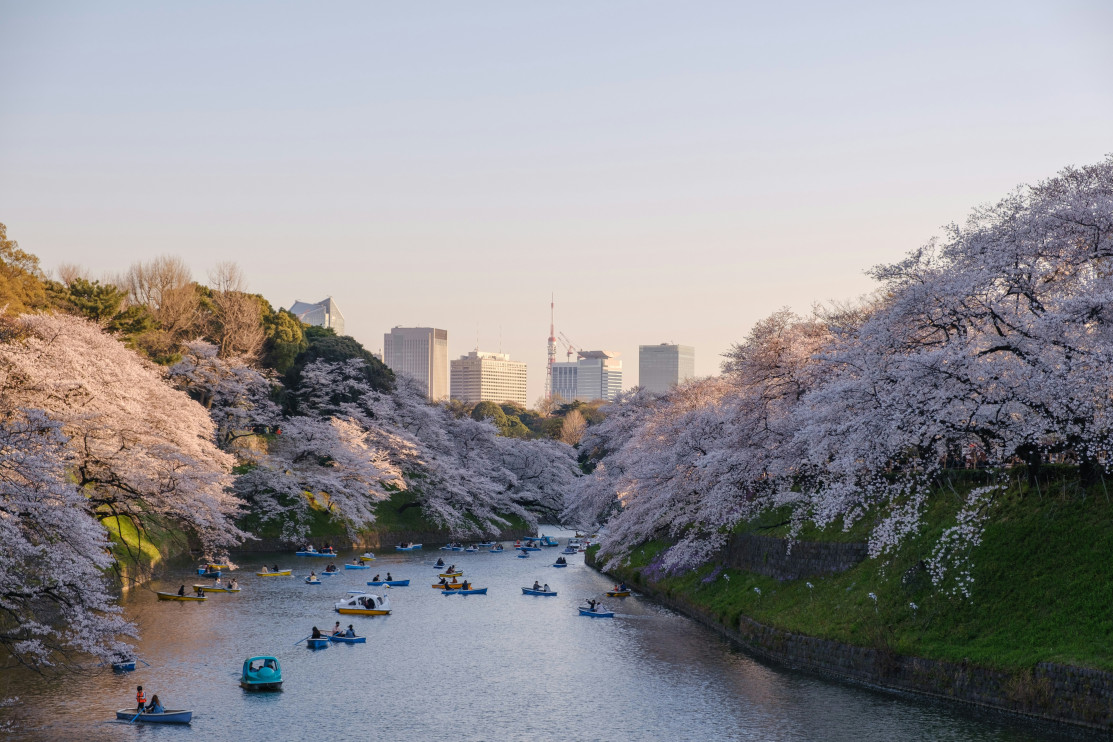Japan has set an all-time record. This is the largest siege in history.

Japan is experiencing a tourism boom unlike anything seen in years. On the one hand, the Osaka Expo, on the other, affordable prices and cultural charms that remain relevant. But is this just a passing fad, or a lasting shift in global tourism?
If you're planning a trip and you type "something special" into a search engine, there's a good chance the algorithms will suggest Japan . And for good reason. The Land of the Rising Sun is currently experiencing a tourist boom – over 28.5 million people visited in the first half of 2025 alone , and forecasts suggest that by the end of December, the magical 40 million mark will have been crossed. This figure seemed like pure fantasy just a few years ago.
June was a record-breaking month, with 3.3 million visitors in just one month. This is the sixth consecutive month of such a "three-million" month. The tourism industry is saying it plainly: Japan has become the hottest destination of the season.
 Japan is experiencing a tourist siege / Photo: Unsplash Eea Ikeda
Japan is experiencing a tourist siege / Photo: Unsplash Eea IkedaThe main driving force behind this tourism frenzy is the Expo 2025 World Exhibition in Osaka, which opened in April . For many, it has become a reason to visit Japan—but not the only one. While the futuristic pavilions and international presentations can be captivating, many visitors are primarily drawn to the clash of modernity and tradition, which Japan has mastered to perfection.
The exhibition presents Japan as a country that looks to the future —but doesn't forget its roots. It's a place where artificial intelligence coexists with tea ceremonies, and robotic guides lead the way to temples dating back a thousand years.
Cheap yen, open borders and the charm of sakuraThe economy is also a factor. The weakening yen has made travel to Japan—once considered a luxury—affordable for those with smaller budgets. For foreign tourists, this means better exchange rates and more attractions at lower prices. Who wouldn't want to eat sushi in Tokyo for a fraction of the price in Europe?
Add to this the lifting of most pandemic restrictions. Japan, which for years was practically closed to tourists, now welcomes them with open arms. And sakura, or the famous cherry blossoms , still capture the imagination – especially in the age of Instagram, where everyone wants to have their own photo taken under the pink canopy of flowers.
 Sakura in Japan / Photo: Unsplash Yu Kato
Sakura in Japan / Photo: Unsplash Yu KatoWhile visitors are numerous, certain markets are taking the lead. Chinese tourists led the way, with nearly 800,000 in June, an increase of over 23% over last year. South Koreans followed closely behind with 729,800 visitors. The United States, Canada, Taiwan, and Singapore also broke their own records.
Interestingly, the profile of travelers is also changing. More and more young people aged 18-28 are opting for so-called "budget travel" – modest accommodations, intensive programs, and off-the-beaten-path exploration of the country. According to data from the operator Tourist Japan, this group now accounts for over 70% of customers of popular low-budget packages.
Japan for everyone – literallyIt's not just the young and budget-conscious who are visiting Japan. The country is becoming increasingly attractive to families with children, thanks primarily to its amusement parks, interactive museums, and child-friendly locations. But that's not all.
The number of Muslim tourists is also growing, primarily from Southeast Asia and the Middle East. This sends a clear signal to local businesses, who are increasingly introducing halal-friendly menus and adapting their services to the expectations of this growing group. Japan is beginning to understand that inclusive tourism is not only an ethical but also a business necessity.
Is this just a passing fad?Some experts suggest that the current boom may be a temporary phenomenon – the world is catching up on travel after the pandemic, and Expo 2025 is a one-off event. But looking at the data and trends, many points indicate that Japan has returned to the global tourism map for good – and in a strong way.
well.pl





